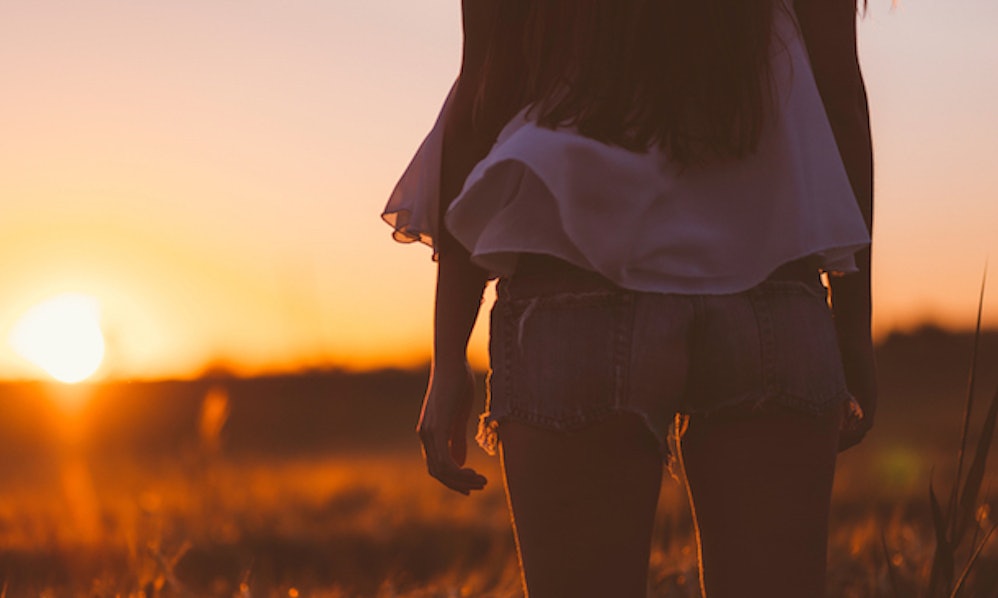Summer Solstice
What is the summer solstice?
There are two solstices each year - one in the winter and one in the summer. The summer solstice occurs when the when the tilt of Earth's axis is most inclined towards the sun and is directly above the Tropic of Cancer.
Traditionally, the summer solstice period fell between the planting and harvesting of crops, leaving people who worked the land time to relax. This is why June became the traditional month for weddings.
It might seem like a day to celebrate, but it actually signals the moment the sun's path stops moving northward in the sky, and the start of days becoming steadily shorter as the slow march towards winter begins.
Summer Solstice traditions: Why is Stonehenge so significant?
Stonehenge in Avebury, Wiltshire is the most popular place for Pagans to celebrate the longest day because it famously aligns to the solstices. The rising sun only reaches the middle of the stones one day of the year when it shines on the central altar.
Built in three phases between 3,000 B.C. and 1,600 B.C Stonehenge's exact purpose still remains a mystery. The stones were brought from very long distances – the bluestones from the Preseli Hills more than 150 miles away, and the sarsens probably from the Marlborough Downs, 19 miles to the north.
The day marks the ancient middle of summer It has significance for pagans who have always believed that midsummer day holds a special power.
Midsummer's eve was believed to be a time when the veil between this world and the next is at its thinnest, and when fairies were though to be at their most powerful.
Over the centuries, the June solstice has inspired many festivals and midsummer celebrations involving bonfires, picnics, singing, watching the sun rise and Maypole dancing. Many towns and villages across Britain still mark the day.
One ritual was the lighting of fires, heralding the start of shorter days, although this doesn't really happen anymore. The idea was that flames would keep the dark away.



Comments
Post a Comment